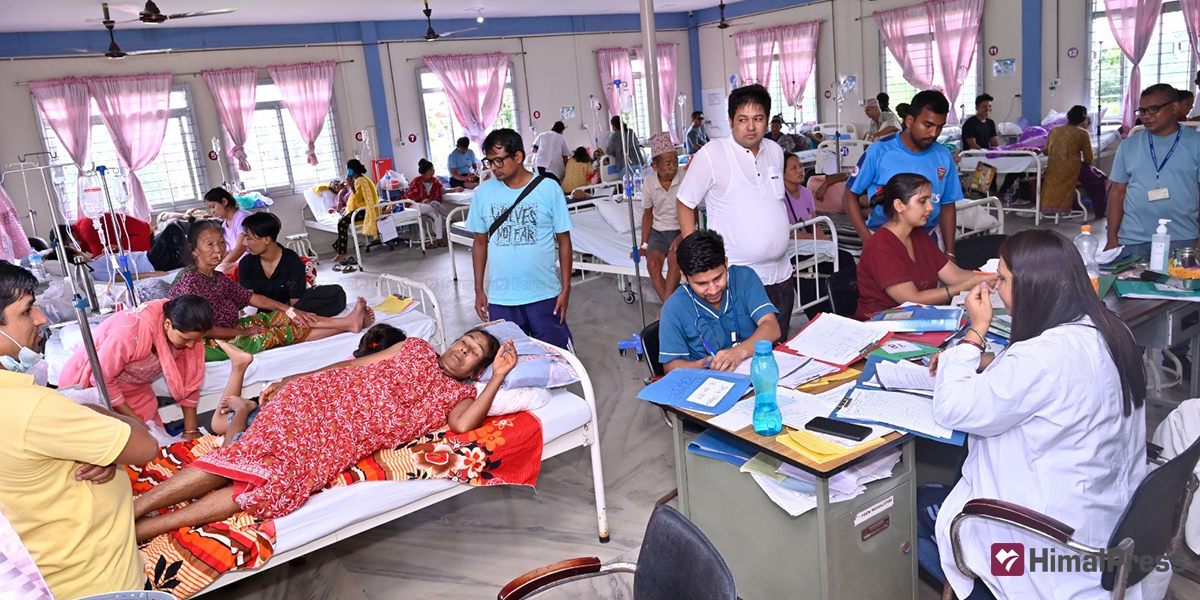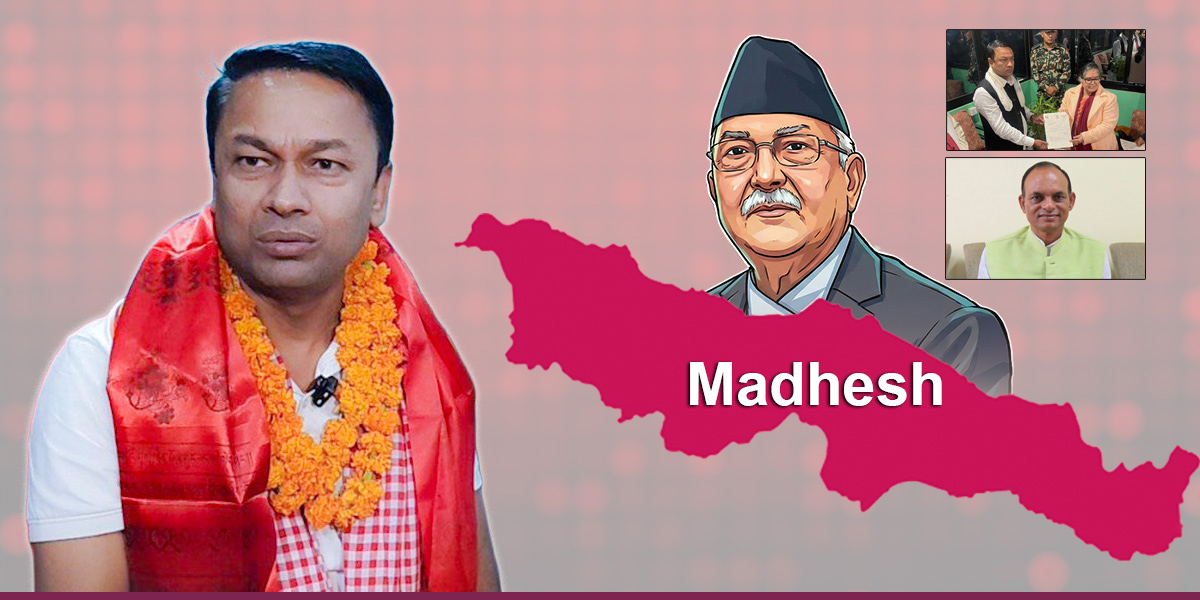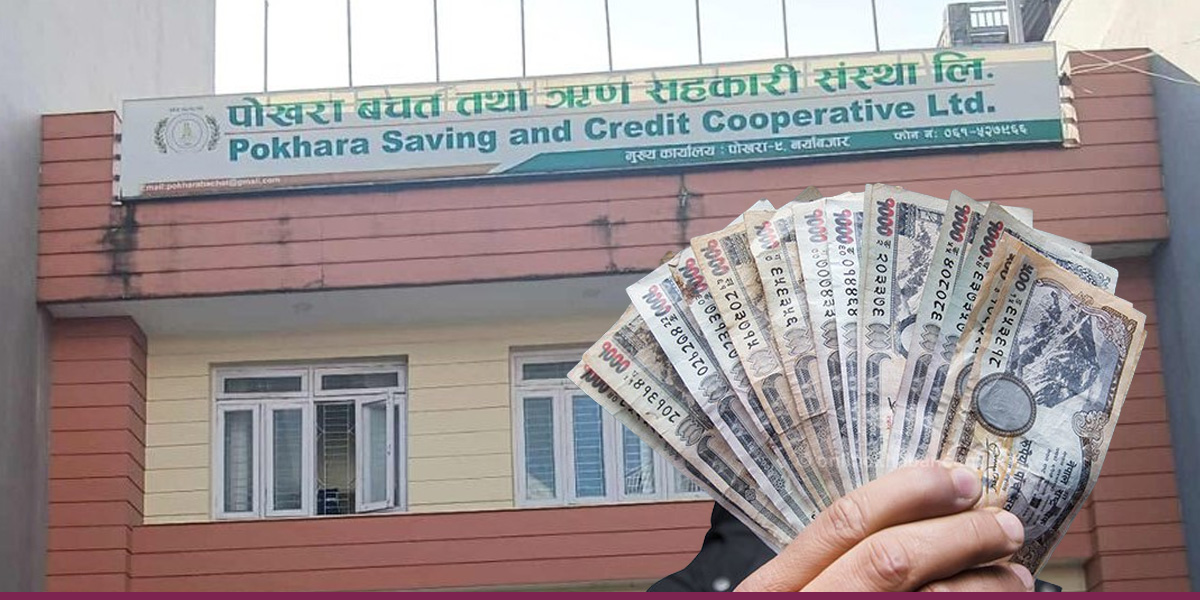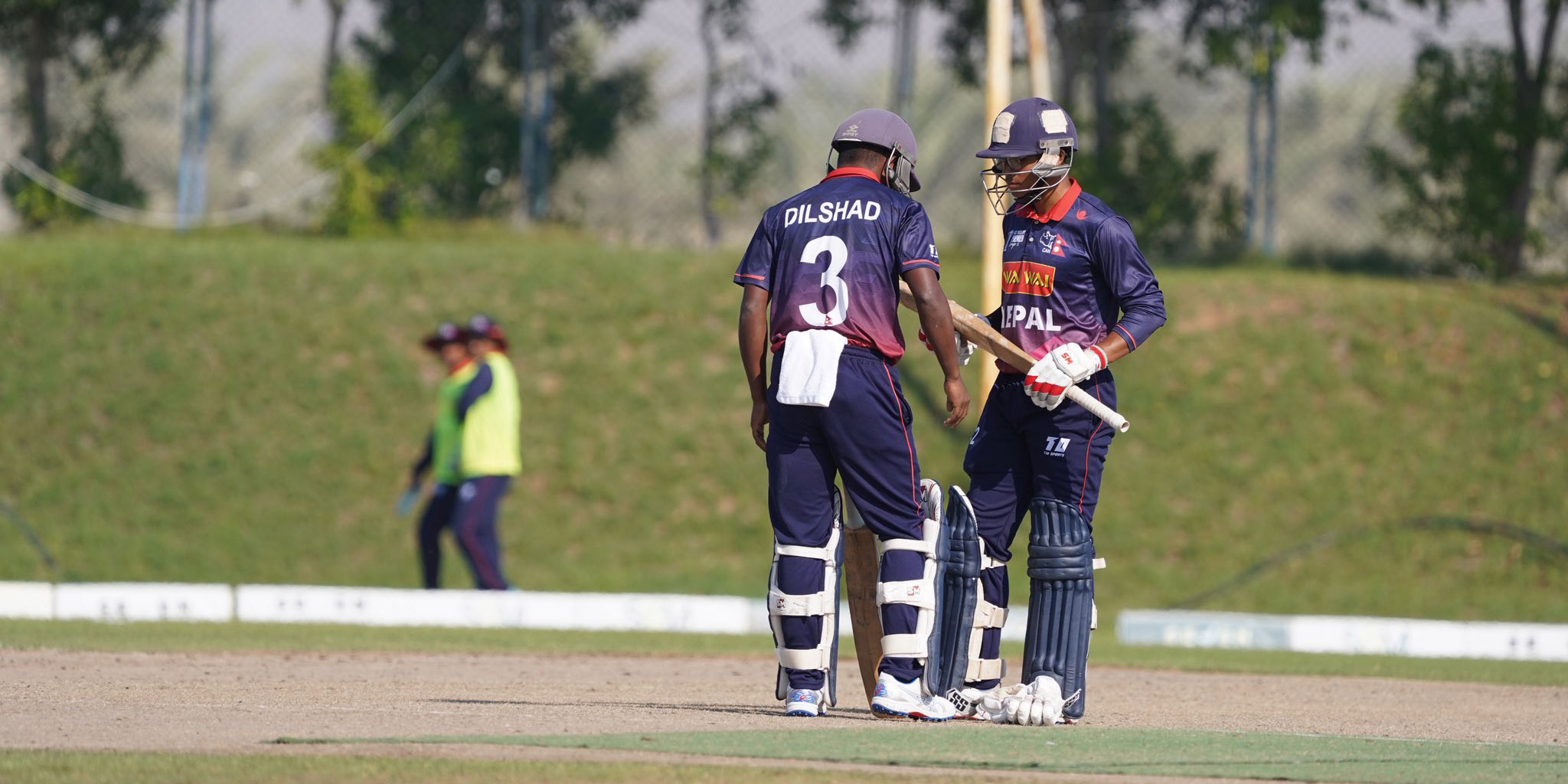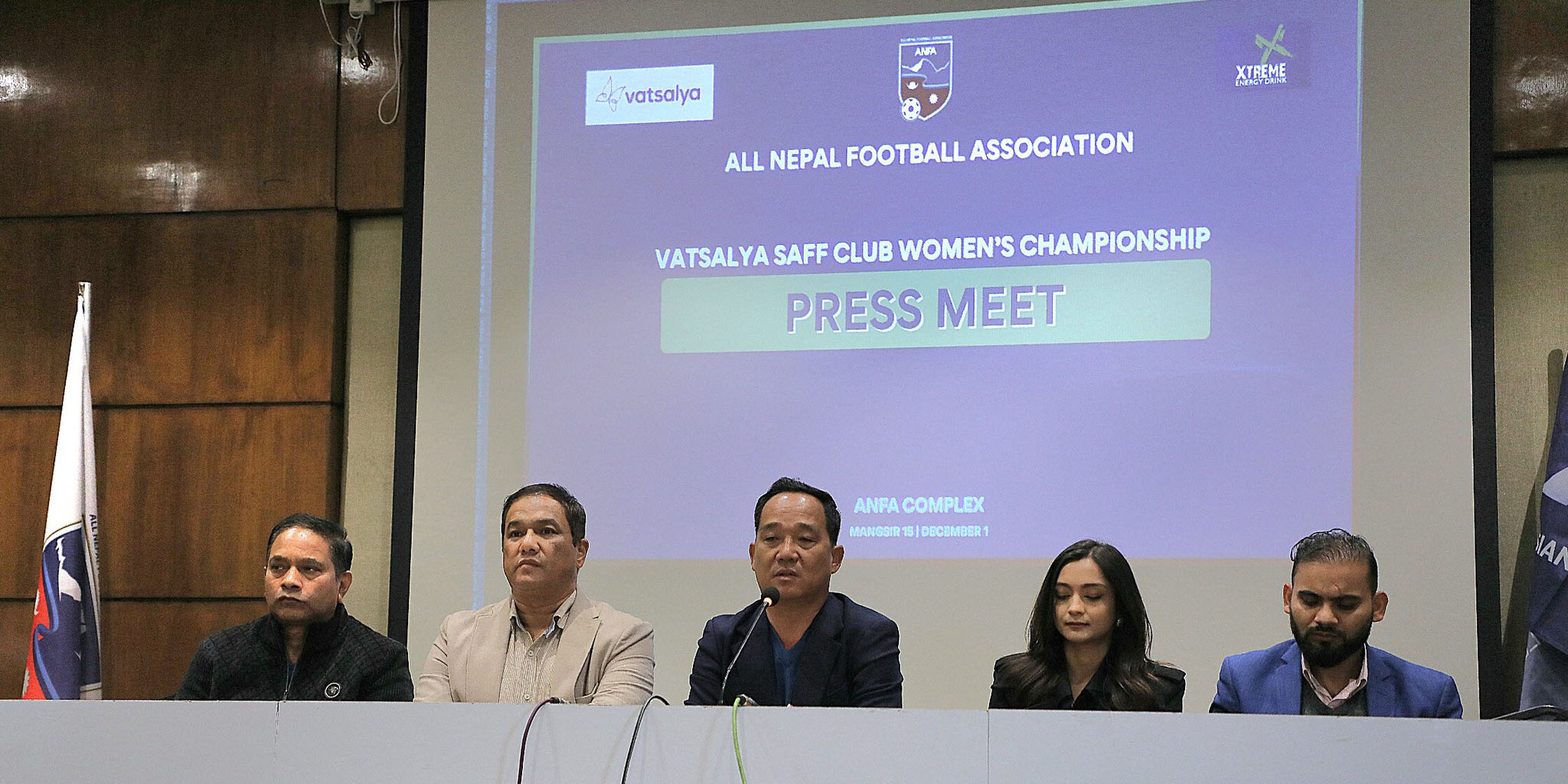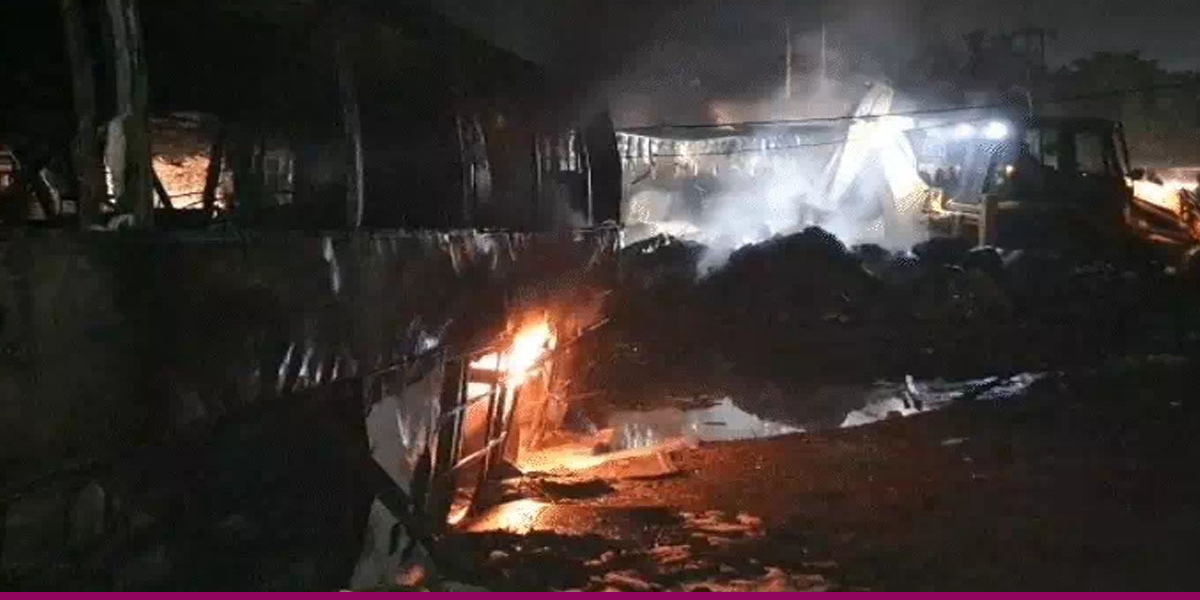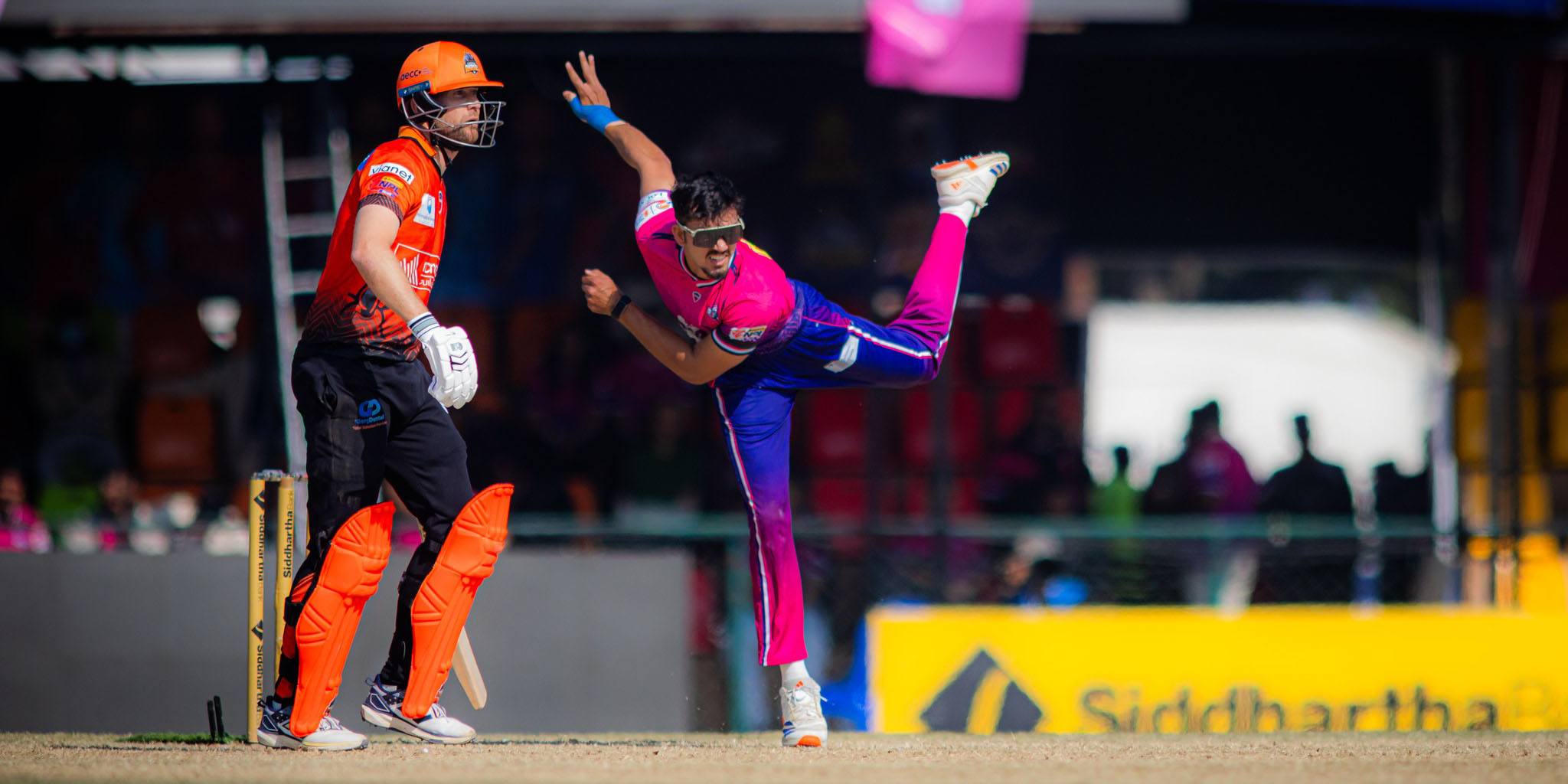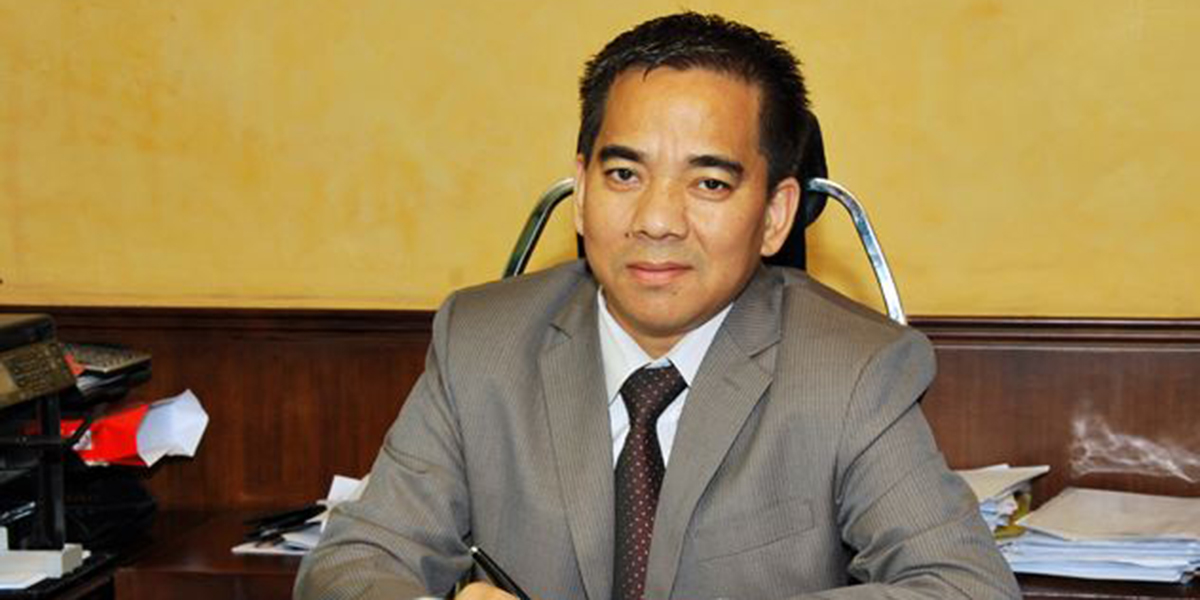 Representative Image
Representative Image
KATHMANDU: Dengue infections have increased significantly over the past week. The rise in dengue cases coincides with continuous rainfall in the region.
The Epidemiology and Disease Control Division has attributed the surge in dengue cases to the lack of attention towards cleanliness during the persistent rain. The stagnant water left behind after rainfall becomes a breeding ground for mosquito larvae.
According to the division, more than 1,500 new cases have been recorded within a week. Data shows dengue cases increased to 2,930 in July 17 compared to 1,337 cases on June 12. Koshi Province has experienced a significant rise in infections, with 1,746 cases, followed by Bagmati (468 cases), Sudurpashchim (279 cases), Gndaki (269 cases), Lumbini (134 cases), Karnali (18 cases) and Madhesh (16 cases).
Among the new patients, 82% are concentrated in 10 districts. The highest number of dengue patients has been reported in Sunsari district with 1,571 cases, followed by Dhading with 256 cases, Darchula with 188 cases, Kaski with 149 cases, Sankhuwasabha with 58 cases, and Kathmandu with 46 cases.
Dengue was first detected in Nepal in 2004.
The Ministry of Health, Population and Environment has advised people to take precautionary measures such as sleeping under mosquito nets, wearing long-sleeved clothing when working in fields, and installing window and door nets to prevent mosquitoes from entering households.

 Himal Press
Himal Press 